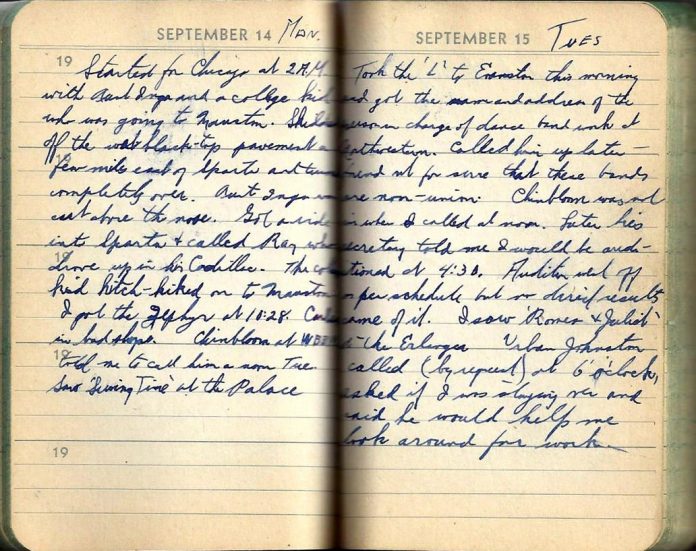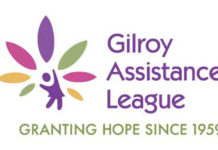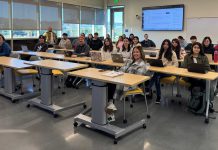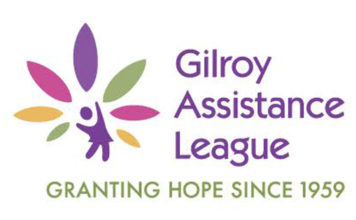
Amidst current discussions and controversy about the merits and challenges of the new “Core Curriculum,” a less dramatic yet equally important issue is the trend away from teaching “cursive” in our schools. As a retired teacher and current voter, genealogist and sports fan, I think the loss of the ability to write (and therefore read) cursive is another step in the increasing “depersonalization” of our culture with potentially disastrous consequences. I was further reminded of this as I went to vote by mail, where, on the envelope, you are told emphatically to sign your name (not print it) for your vote to count.
As a social studies teacher, I asked students to write research papers using primary resources, many of which are written in cursive. The same is true in my genealogical research, especially when it entails research into the early 1900s and back. A very profound change in how students wrote papers occurred with the advent of computers and the Internet. Rather than actually writing their thoughts and conclusions in their own words, students increasingly approached writing as a “cut and paste” operation, often sewing together disjointed ideas and materials. They further depersonalized the process by using “spell check,” a lazy man’s approach to editing.
I find “e-signatures” a bit of an oxymoron. It bothered me when I saw an old marriage document from my grandparents, one of the parties attesting to the marriage by having to sign with an “X” because they couldn’t write. I am very grateful to other grandparents who took the time to write in both journals and diaries about events and people in their life, none of which would be available to me without their ability to write cursive. I get to enjoy and appreciate letters from my grandparents to each other staying in contact through simple letters and revealing wonderful insights into their lives and personalities. A handwritten thank you note from my daughter in Gilroy or granddaughters in Africa makes its way immediately into my special box. I treasure these letters and diaries as family heirlooms. Cursive is all about personhood.
As a sports collector, the “autograph” is the ultimate authenticator of our connection to an athlete or person. Imagine all autographs as “Xs” or “stamped/printed” on sports pictures, balls or other artifacts. In such an “impersonal” world, it’s one of the things that makes us feel more connected. I’m also old fashioned in that I write and also love to receive family Christmas/holiday letters. Virtually all of them are typed or cobbled together on the computer, and most contain interesting family news or material for the ongoing family genealogy.
Yet, the part that my eyes go to first and foremost are the handwritten messages to our family from theirs. Cursive encourages originality of both expression and presentation. Hallmark, despite the hard work of their writers, hasn’t a monopoly on how we personally feel or choose to express our feelings: Hard-to-write love letters or notes without the flow and grace of cursive to “give life” to them.
Once children learn to print the alphabet, translating this into cursive is not a huge investment in time or money. In an increasingly mechanized, industrialized and standardized approach to education, the loss of cursive is significant and tragic. It is a little like the move to “digital” recordings from vinyl records. Yes, there are advantages to digital recordings that are undeniable. But, as a sound expert friend finally explained to me recently, the records sound more full and rich because the needle is allowed to rise and fall in the grooves of the record, while the digital sound has sharp edges recording notes in discreet, binary units.
Peoples lives and experiences are not so discreet, but rather more blurred, complex, intricate and rich.
Cursive is a tool which helps us express the richness of our personality and feelings in an increasingly “technological,” fast-paced, unfeeling world.
Retired teacher James Blaschke is a Gilroy resident, parent and grandparent.











